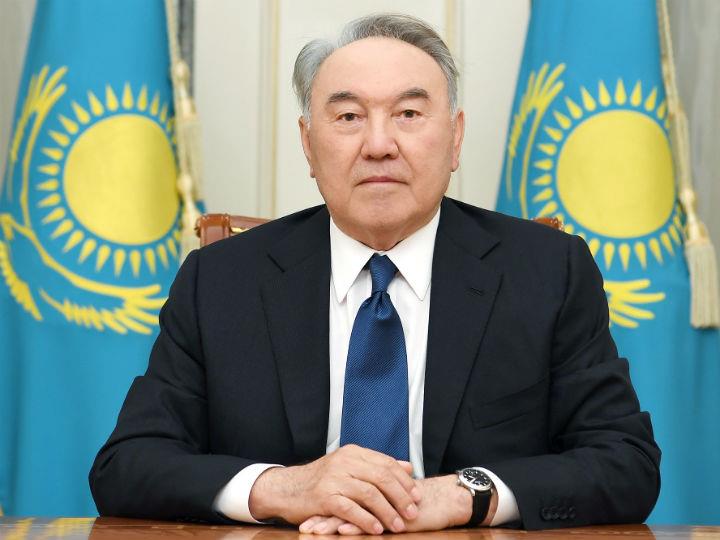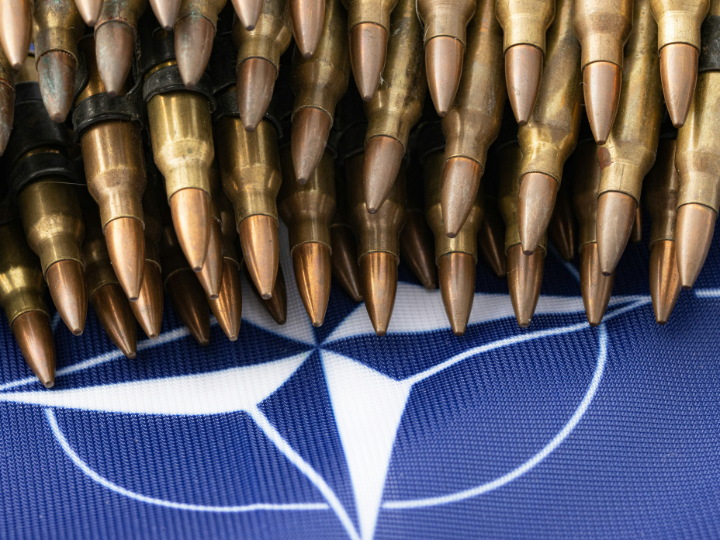by Dr Radu Magdin*
The 1990s were a period of relief after almost 50 years of Cold War. Congratulations were being shared, liberal globalisation was in full swing, and the World Bank was congratulating a small batch of countries for their incredible economic performance lasting over two decades. The myth of the Asian Tigers (Little Dragons) was born, and they kept on surprising us ever since. Japan, South Korea, Taiwan, and Singapore made it well through the Dot-Com Bubble, the 2008 Financial Crisis and, most recently, through the Covid-19 Pandemic.
Yet, one of the aspects often overlook has to do with their lasting capacity and with balancing multiple efforts, tensions, and pressures. None of the economic successes could have happened without a sturdy political management of these four countries that ensured they focus on what is right for them, while also managing the global expectations of their (Western) partners, alongside the specificities of their geographic neighbourhood. There was one country, in particular, that very much respected the way of the Tigers, and that was Kazakhstan. Landlocked, with a complicated history and identity, with a high economic potential, but not on the trading routes of the time, it too was looking to apply a model of social and political stability that would allow it to compound growth. And in one specific moment, we can say there was a passing of the baton of sorts, when the first president of independent Kazakhstan, Nursultan Nazarbayev, met venerable Lee Kuan Yew, prime minister and father of modern Singapore; the latter at the conclusion of building up a nation, the former only starting to build one.
For three decades, since the end of the Cold War, Kazakhstan has had to navigate a disaggregation of regional governance in Central Asia, the increasing pressures from both Moscow and Beijing over the “fight against Islamic terrorism”, its own people’s desire for more freedom and prosperity, and uncertain globalisation tides. The wheel of fortune, however, has been turning for Kazakhstan as of late. Increasing global competitions makes the emerging nation increasingly a keystone entity at the core of Asia, conferring it (soon) the capacity to be a deal maker in the region. Out of all the former Soviet republics of Central and Western Asia, it is the only one to have not suffered a colour or ethnic revolution, maintaining its path towards growth. This stability is very much due to president Nazarbayev’s statecraft during complicated times.
As new challenges rise ahead, due to Covid-19 fallout, increasing militarisation and hardening stances, and the heart of Asia becoming the place where north (Russia), east (China and other Pacific powers), south (India, Iran, Pakistan), and west (the UAE, Saudi Arabia, the EU, Turkey and the United States) meet, Kazakhstan needs to build on the statecraft legacy of the father of the nation, while the government of the country undergoes its own modernisation process, and while country governance is further opening to taking input from regular people and onboarding participatory and co-creation formulas for its future. This passing of the baton between generations in Kazakhstan was prepared through investments for supporting human capital development, the increase of connectivity across the country, and an intensification of international exchanges of the country.
Kazakhstan’s 2050 Strategy, what had before been a hope, can now flourish into a veritable executive roadmap. In the after-Covid world, equity, fairness, increased public participation and the empowerment of every citizen are the mantras under which the world evolves. From ESG investing to global calls for the reforming of the WTO, the UN, and other multilateral formats, we live in a changed and ever-faster changing world, for which Kazakhstan had a healthy base prepared for the past three decades. For the international analysts out there, we could say that the country has been building up energy exactly for this historic inflection point, when all bets are off, and everything becomes possible. We can say that Kazakhstan has succeeded reviving an identity for itself in spite of burgeoning state-sponsored identities of its massive neighbours; and that it is offering its citizens the dignity they deserve at the heart of Asia.
As the former president and father of the nation, Nursultan Nazarbayev, continues watching over the nation, younger generations of politicians and bureaucrats slowly take over new roles and responsibilities, both closer to the top of the country, but also closer to the people. Their challenges are not few, particularly now that Kazakhstan stood up and stands out so much, in a region still under substantial transformation tides. From the transition experiences of the past 30 years we know that temptations are high, and that instability is a risk that can manifest any moment. But, maybe, this is the magic of what Kazakhstan succeeded: it learned from the north and east the recipe of how to keep the country stable, and it is partnering with the west and south for creating growth and valorising the full potential that exists at Asia’s heart. And, maybe soon, we may be talking about a new Asian tiger, one who’s heart is called Nursultan.
*global analyst and former Prime Ministerial advisor in Romania and Moldova; worked in Brussels 2007-2012




 By: N. Peter Kramer
By: N. Peter Kramer
